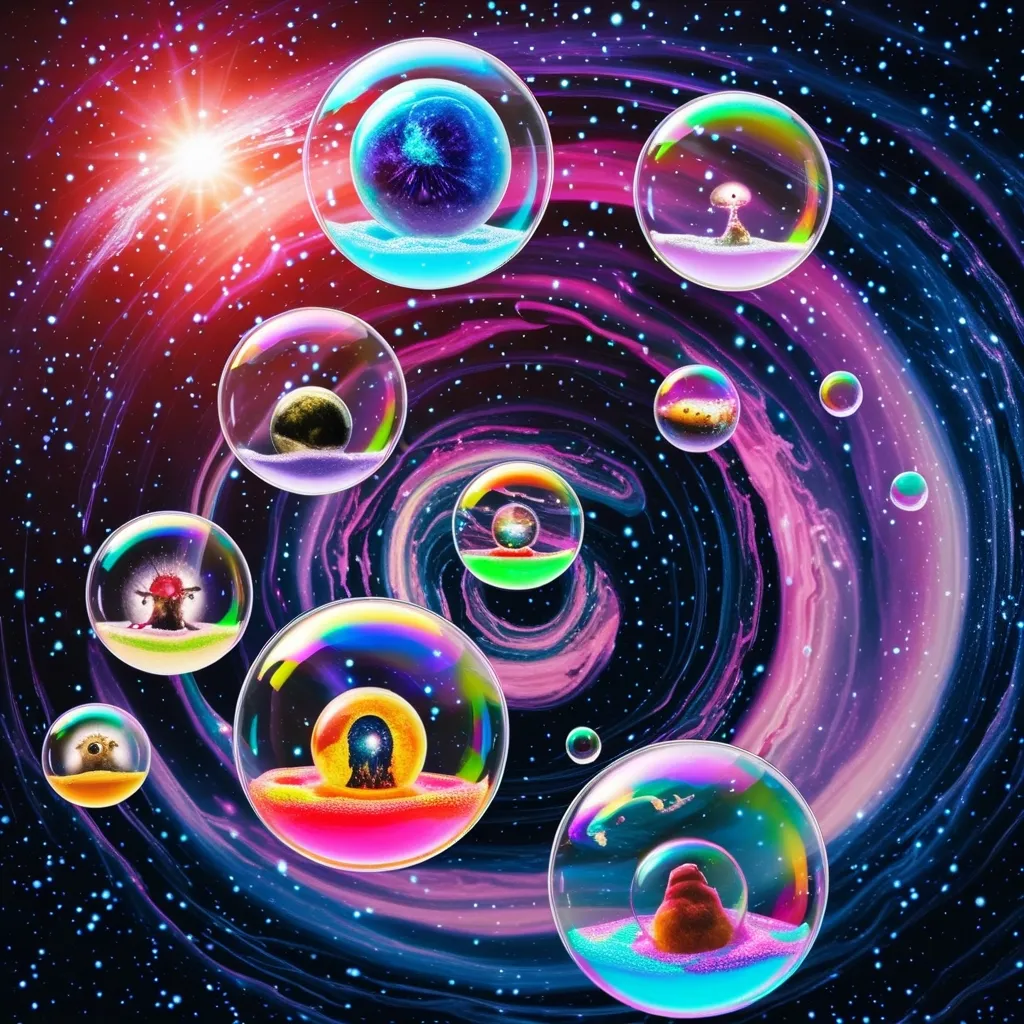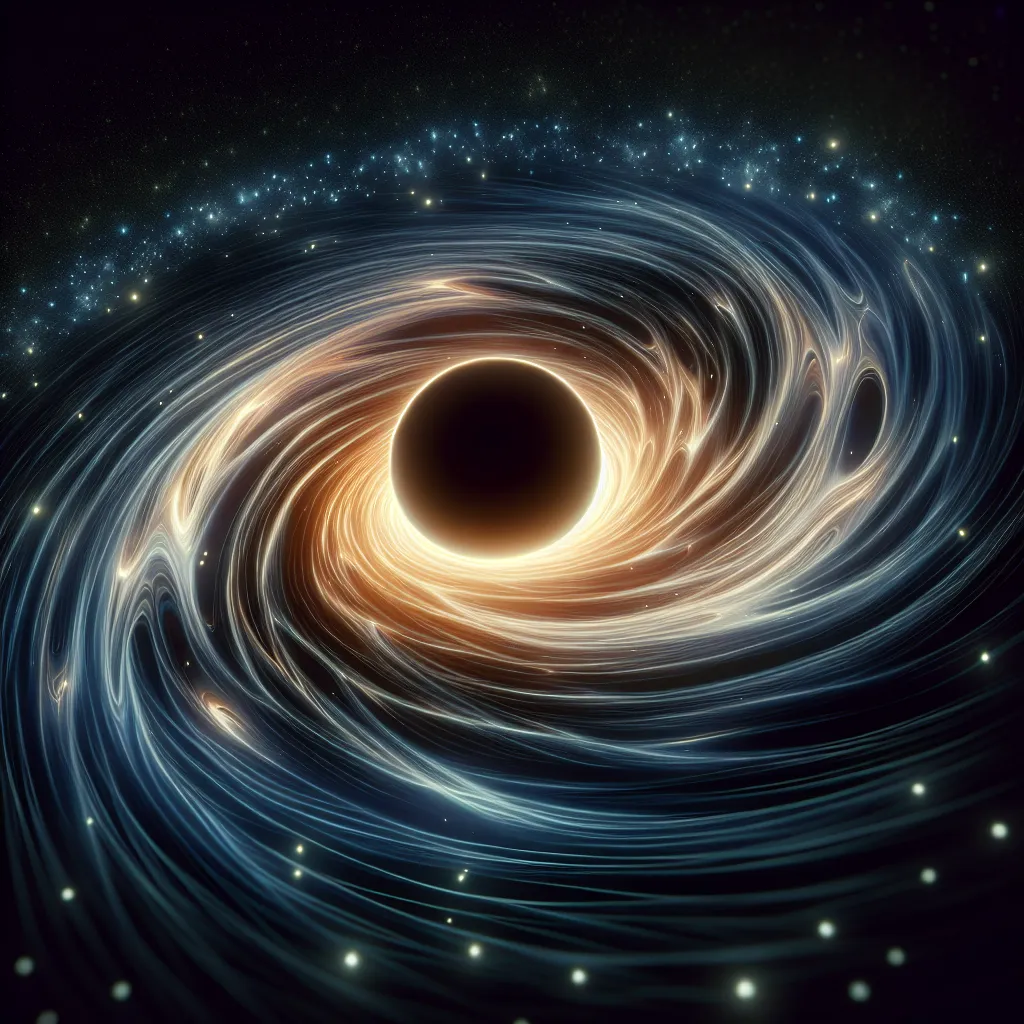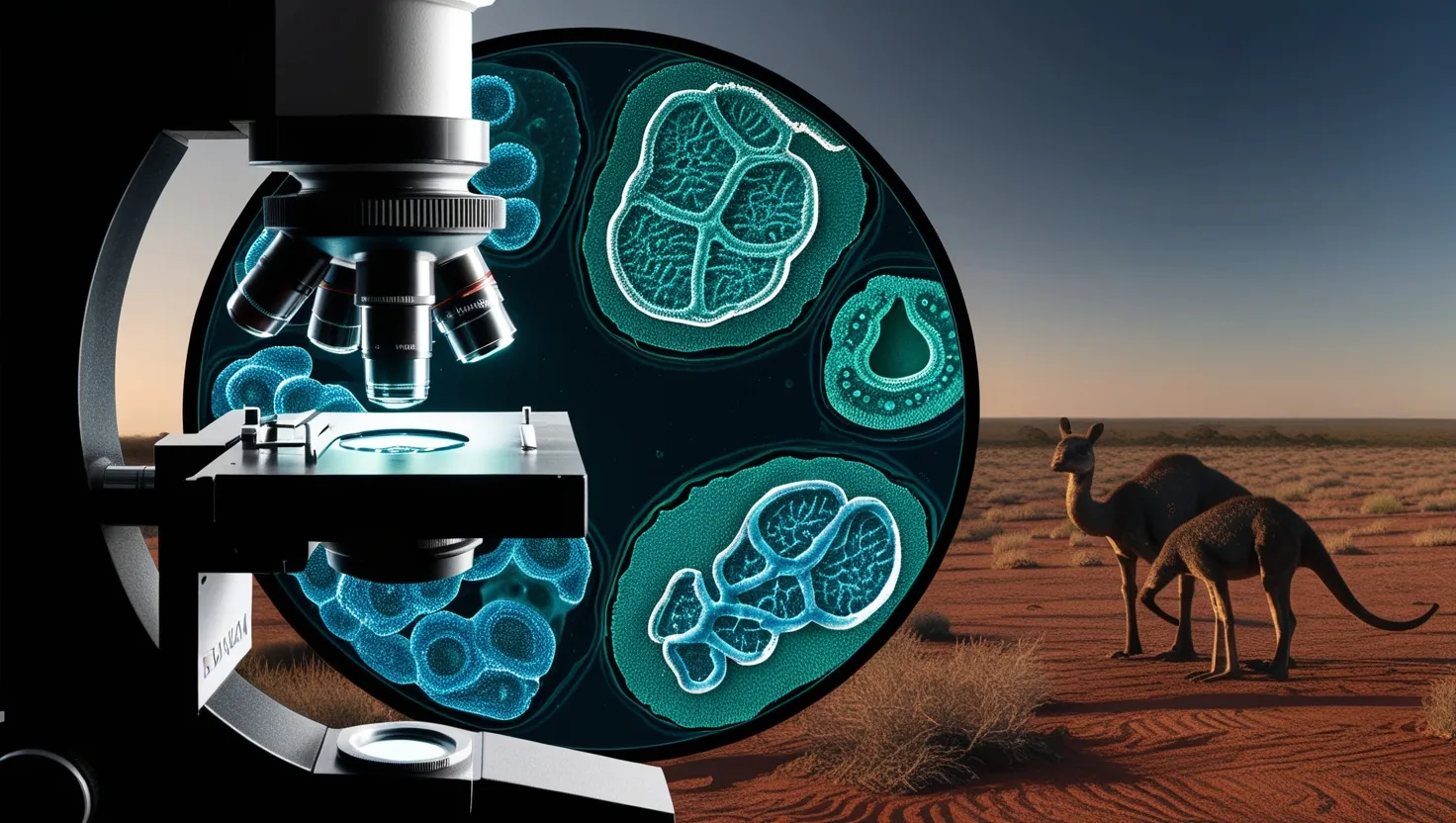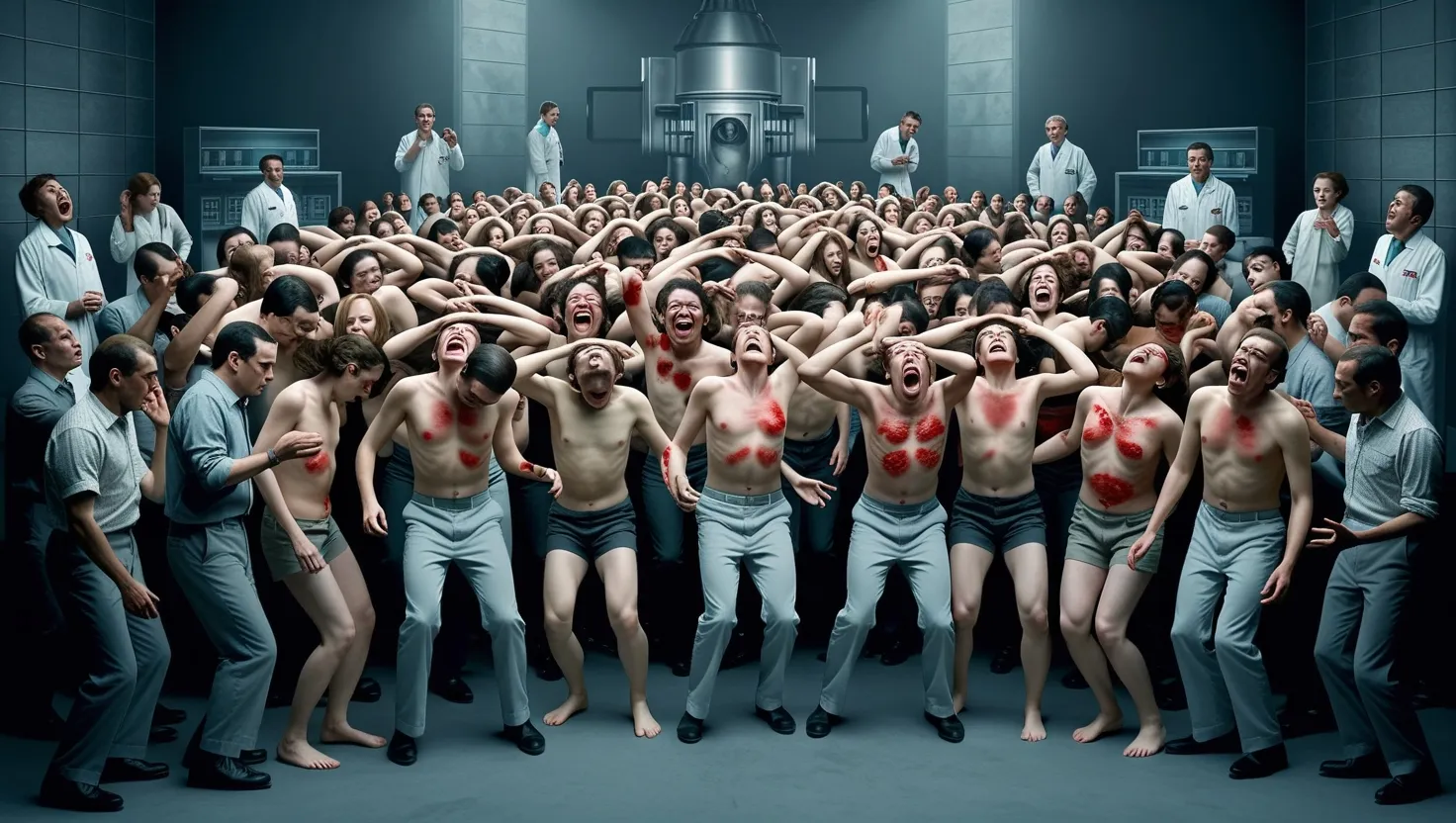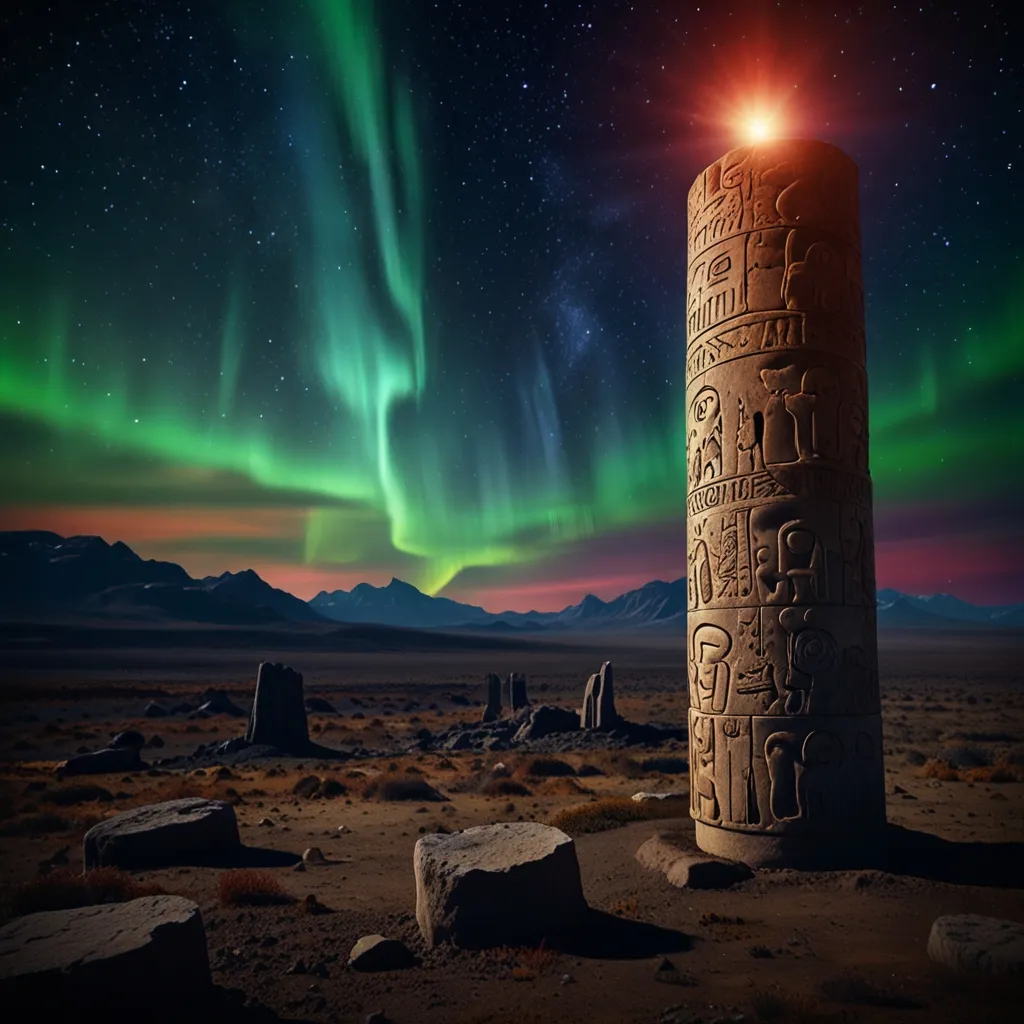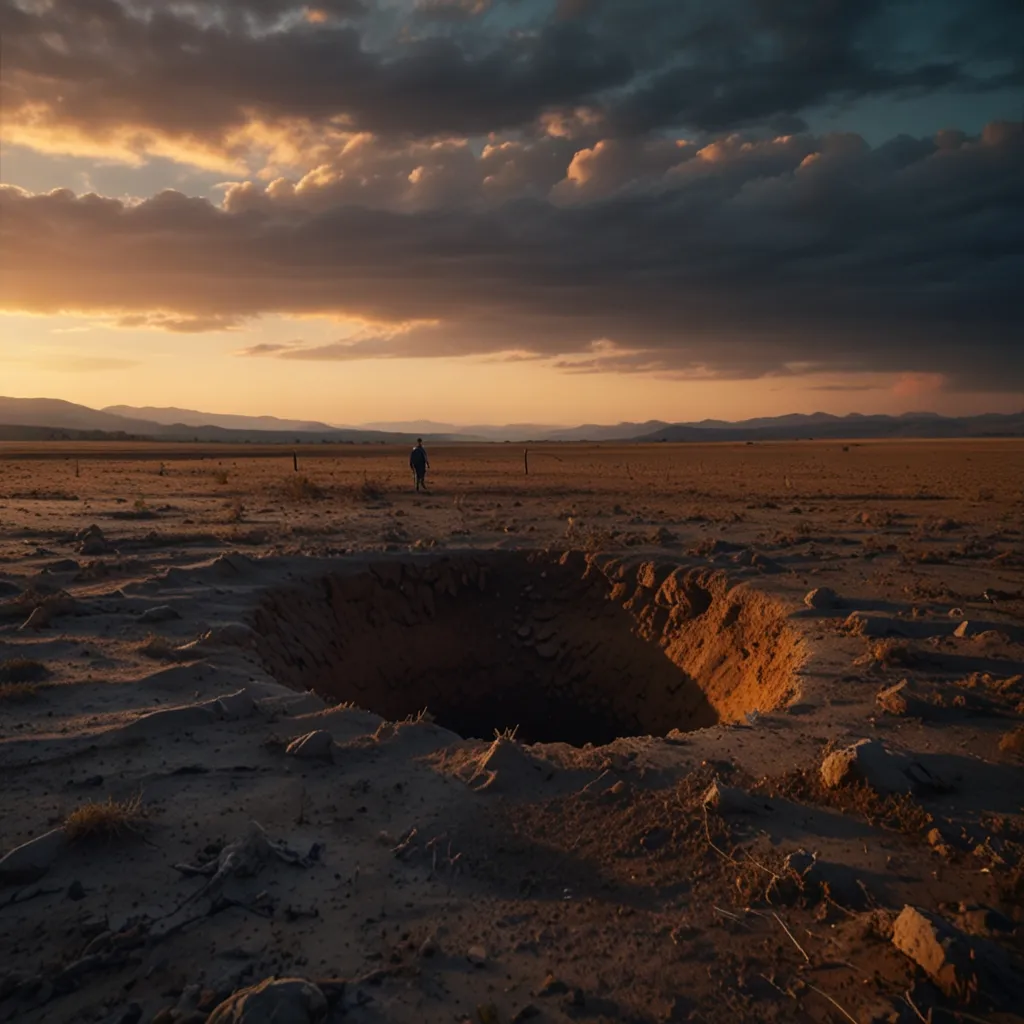Buckle up, folks! We’re about to dive into the mind-bending world of the multiverse. Yeah, you heard that right – not just one universe, but many. It’s like your closet, but instead of alternate outfits, we’re talking alternate realities. Wild, right?
So, what’s this multiverse business all about? Imagine our universe is just one bubble in a giant cosmic bathtub. Each bubble is its own universe, with its own set of rules, laws, and maybe even a version of you wearing that hideous sweater your aunt got you for Christmas. (In some universe, you actually like it. Scary thought.)
Now, before you dismiss this as some sci-fi nonsense, hear me out. This isn’t just the stuff of Marvel movies and late-night philosophical debates. Serious scientists – you know, the folks with more letters after their names than in them – have been chewing on this idea for decades.
Let’s break it down, shall we? Our universe is this massive thing called space-time. It’s like a cosmic dance floor where space and time boogie together. But here’s the kicker – we can only see so far into this dance floor. Beyond that? Total mystery. For all we know, there could be an infinite number of dance floors out there, each with its own funky beat.
Speaking of infinite, let’s talk about the “infinite universes” theory. Imagine space-time goes on forever. Eventually, it’s gotta start repeating itself, right? There are only so many ways particles can arrange themselves. So, if you travel far enough, you’d bump into another you. And another. And another. It’s like a cosmic game of “spot the difference.”
But wait, there’s more! Ever heard of bubble universes? Picture our universe as a bubble in a giant multiverse bubble bath. Each bubble is its own universe, popping into existence with every decision we make. Choose the red shirt instead of the blue one? Boom! New universe. Decide to have toast instead of cereal? Bam! Another universe. It’s enough to give you decision paralysis, isn’t it?
Now, let’s get really trippy. Imagine our universe is like a floating membrane in a higher-dimensional space. Yeah, I know, it sounds like something you’d hear at 3 AM in a college dorm. But some scientists actually take this seriously. They call it the “brane universe” theory. It’s like living in a world where you can see your neighbors through the walls but can’t shout over to borrow a cup of sugar.
And if that wasn’t mind-bending enough, how about this: some eggheads think that math itself is the fundamental reality. Everything we see and experience? Just our brains trying to make sense of complex equations. If that’s true, then maybe every possible mathematical structure exists as its own universe. Imagine a universe where 2+2=5. My high school math teacher would have a field day with that one.
Remember Schrödinger’s cat? That poor feline stuck in a box, both alive and dead until someone takes a peek? Well, the many-worlds interpretation of quantum mechanics takes that idea and runs with it. Every time we make a measurement or decision, the universe splits. In one universe, you ordered the salad. In another, you went for the burger. In yet another, you’re skydiving in Hawaii. (Okay, maybe that last one’s a bit of a stretch.)
But how would we know if any of this multiverse stuff is real? It’s not like we can hop in a spaceship and go universe-hopping. (Though how cool would that be?) Scientists are always on the lookout for clues. Maybe we’ll spot the aftermath of universes colliding in the cosmic microwave background radiation. Or perhaps we’ll detect some weird energy signatures in our particle accelerators. It’s like being a cosmic detective, piecing together clues about realities we can’t even see.
Now, let’s get philosophical for a sec. If every decision creates a new universe, what does that mean for free will? Are we really making choices, or just playing out every possible scenario? It’s enough to make your brain do somersaults.
And here’s a real mind-bender: what if our entire universe is just a simulation? Yep, some folks think we might be living in a giant computer program created by some super-advanced civilization. Talk about an existential crisis. Would you want to know if you were just a bunch of ones and zeros in some cosmic computer?
So, what does all this mean for us regular folks just trying to get through our day without spilling coffee on ourselves? Well, for one, it’s a reminder of just how much we don’t know. Every time you think you’ve got the universe figured out, it throws you another curveball.
But it’s also pretty darn exciting. Think about it – every choice you make could be spawning a whole new universe. That time you decided to talk to that cute stranger at the coffee shop? There’s a universe where you didn’t, and who knows how different things are there. It’s like being the star of your own cosmic choose-your-own-adventure story.
In the end, whether we live in a multiverse or not, the idea itself is pretty amazing. It’s a testament to human imagination and our never-ending quest to understand the big questions. Why are we here? What’s our place in the cosmos? Are there other versions of us out there?
So the next time you’re faced with a tough decision, remember – in some universe, you’ve already made it. And in another, you’re still agonizing over it. And in yet another, you’ve decided to chuck it all and become a professional beach bum in Tahiti. The possibilities are literally endless.
Who knows? Maybe in some universe, you’re the one writing this article about the multiverse. And in another, you’re reading it while sipping coffee on Mars. The universe – or should I say, multiverse – is full of wonders. And that’s pretty darn cool, if you ask me.
